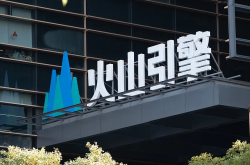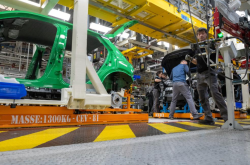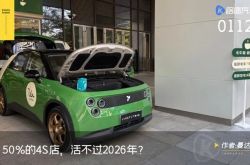Sliding Out of Top 10 Weekly Sales: NIO's Ledao L60 Struggles, as NIO Awaits Its Next Breakthrough
![]() 03/14 2025
03/14 2025
![]() 514
514
Among the "WEI-XIAO-LI" trio that debuted concurrently, it appears that only NIO has yet to crack the sales code.
Li Auto has firmly established itself in the high-end family SUV market, while Xpeng has repeatedly topped weekly sales charts this year with its volume models, MONA M03 and P7+. Conversely, NIO has recently encountered a spate of negative headlines, with its sub-brand Ledao plagued by rumors of mandatory employee car purchases and order fraud.
The impact of negative news will eventually dissipate, but Ledao's primary challenge now is its inability to break through sales barriers.
Ledao, targeting the mainstream family market, is a sub-brand with high expectations from NIO. In December 2024, the brand's first model, Ledao L60, surpassed 10,000 units, but sales have consistently declined since the start of 2025, plummeting to 5,912 units in January and barely exceeding 4,000 units in February.
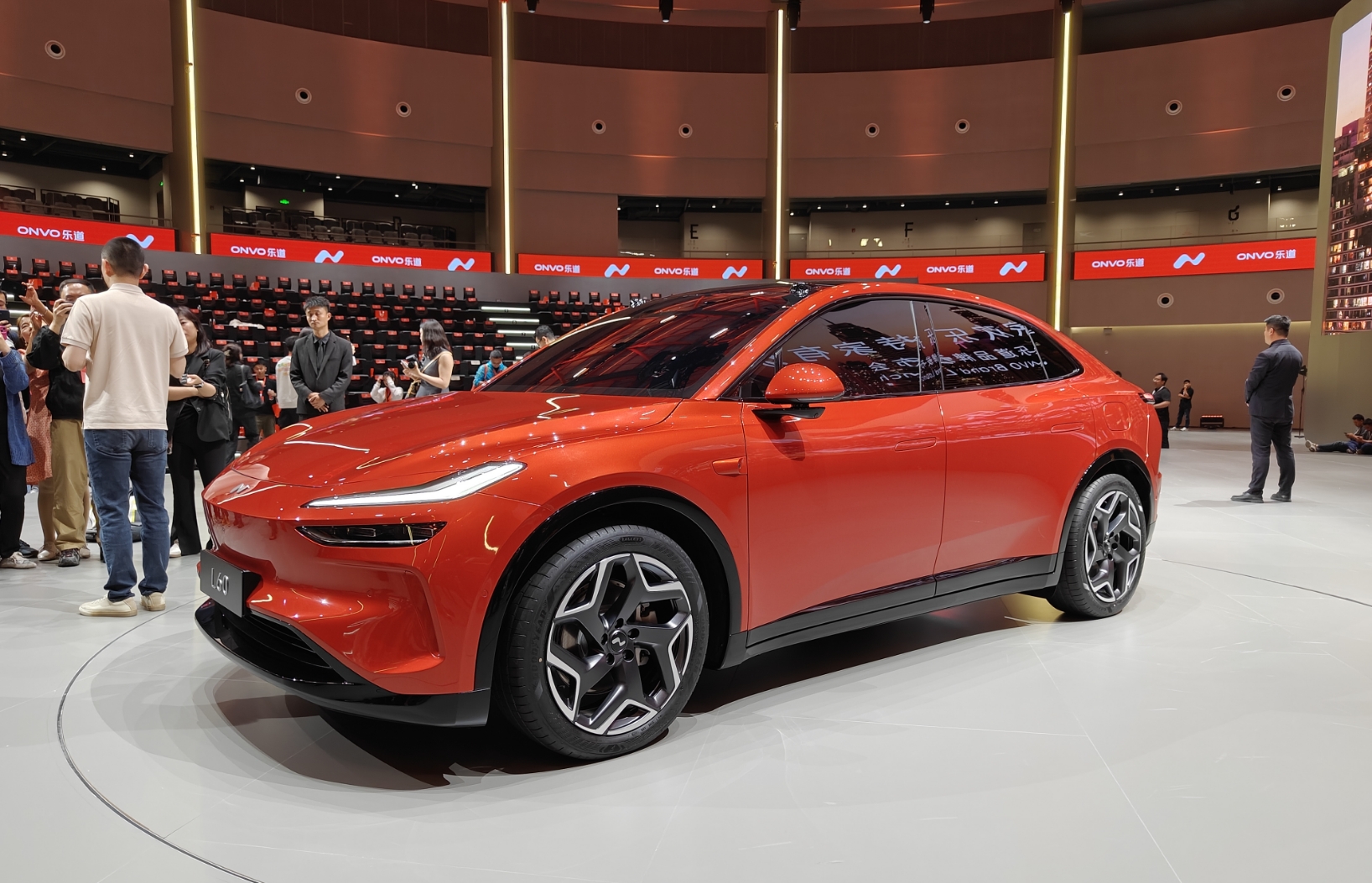
Image source: Electric Car Channel
Dragged down by weak Ledao L60 sales, NIO has even fallen out of the top 10 in Li Auto's weekly sales list for new forces in the Chinese market.
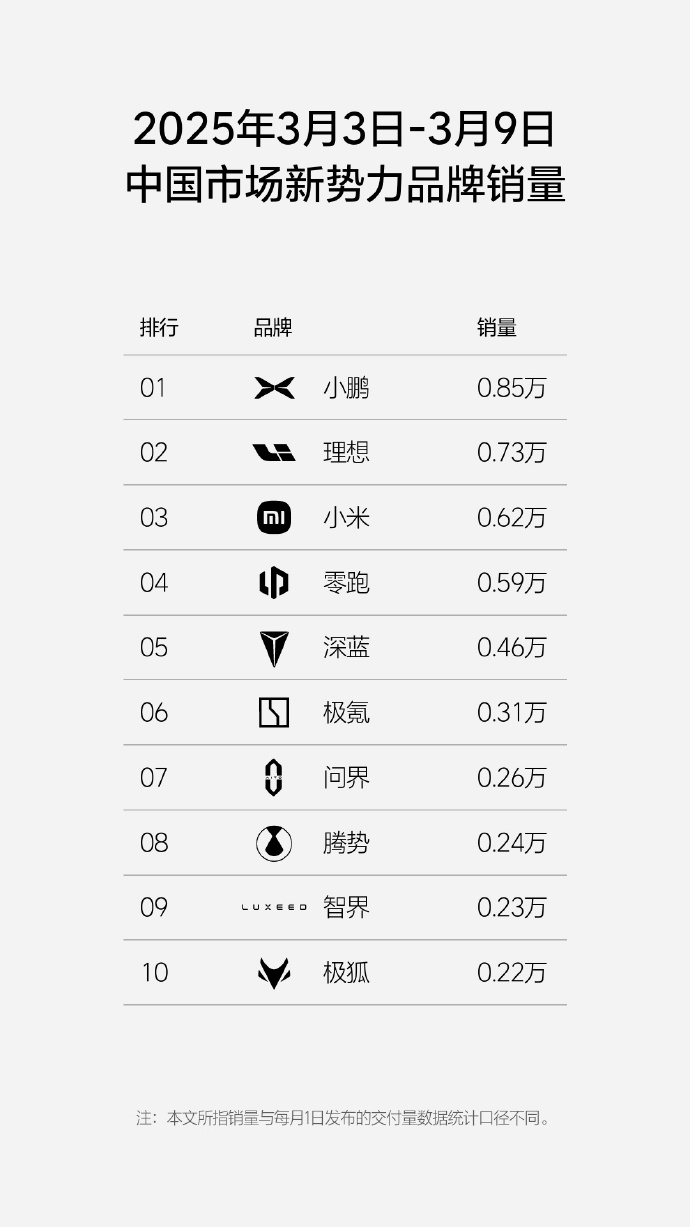
(Image source: Li Auto's official Weibo)
William Li, NIO's founder, has repeatedly stated that "NIO's overall sales target for this year is to double sales." Given its high-end pure electric vehicle positioning, it's challenging for NIO to achieve significant sales growth without relying on its more affordable Ledao and Firefly brands.
During the 2024 Guangzhou Auto Show, Ledao CEO Ai Tiecheng boldly predicted: "Deliver 15,000 units in January and aim for 20,000 units in March." It's now evident that Ledao's market performance has fallen short of these expectations. According to 36Kr Auto, NIO is undergoing organizational changes, introducing a CBU operating mechanism, and merging NIO and Ledao delivery channels to reduce costs and increase efficiency.

Screenshot: 36Kr Auto
While this news remains unconfirmed, Electric Car Channel has observed that Ledao is gradually releasing spy shots of new models like the Ledao L90, aiming to attract users to the new car as soon as possible. Brand mergers are common, but if sales remain sluggish, NIO may reconsider the necessity of the sub-brand.
The Ledao L60 product is solid, but the problem lies in its product strategy.
While low automotive sales often stem from product issues, Electric Car Channel believes Ledao L60's comprehensive strength offers advantages competitors find hard to match, with no obvious shortcomings.
Building on NIO's technological expertise, Ledao L60 continues the battery swapping advantage, making it the only pure electric SUV in the 200,000 yuan price range with this technology. Additionally, it comes standard with a 900V high-voltage platform, reducing energy consumption per hundred kilometers to a minimum of 12.1kWh, lower than the Model Y. In terms of performance, comfort, safety, and intelligent driving, Ledao L60 meets the mainstream standards of its class.
Given its strong product offering, why hasn't Ledao L60 experienced the anticipated surge in orders?
Firstly, the external environment plays a role. Initially, Ledao L60 aimed to capture market share from the Tesla Model Y, but the 200,000 yuan price range is crowded with pure electric SUVs, including new models like the Zeekr R7, AITO 07, and Zeekr 7X. As a new brand's first product, Ledao L60 lacks recognition in this competitive segment.
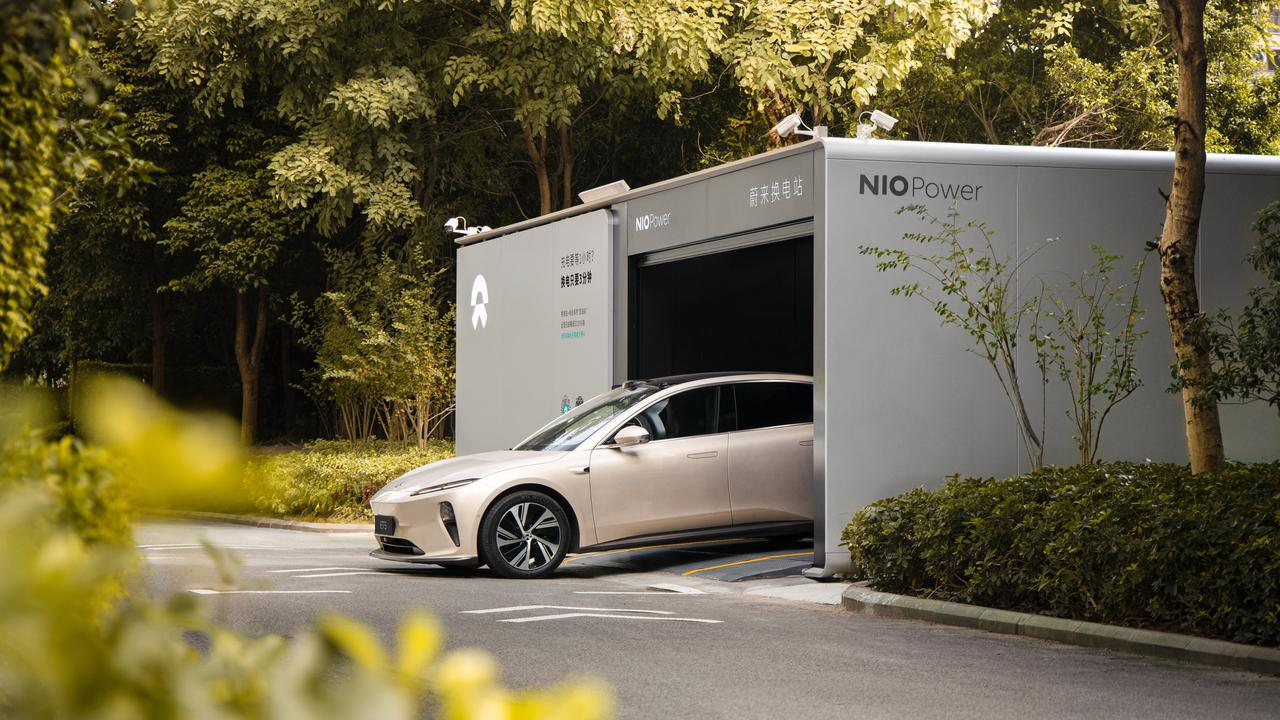
Image source: NIO
Secondly, despite supporting battery swapping technology, Ledao L60 only supports third- and fourth-generation battery swapping stations due to technological iteration, limiting the full utilization of its swapping advantages.
Some netizens suggest Ledao L60's target audience overlaps significantly with NIO's entry-level products, but this has been denied by Ai Tiecheng. The overlap rate between Ledao and NIO users is very low, at less than 2%, lower than the previously expected 5%. Furthermore, the brand's BaaS battery leasing program has minimal impact on consumers' car-buying decisions, with those on a tight budget or planning to sell within a few years considering the leasing program, while long-term holders prefer purchasing the entire vehicle.
Electric Car Channel believes two factors may limit Ledao's development: production capacity and the significant service disparity between Ledao and NIO.
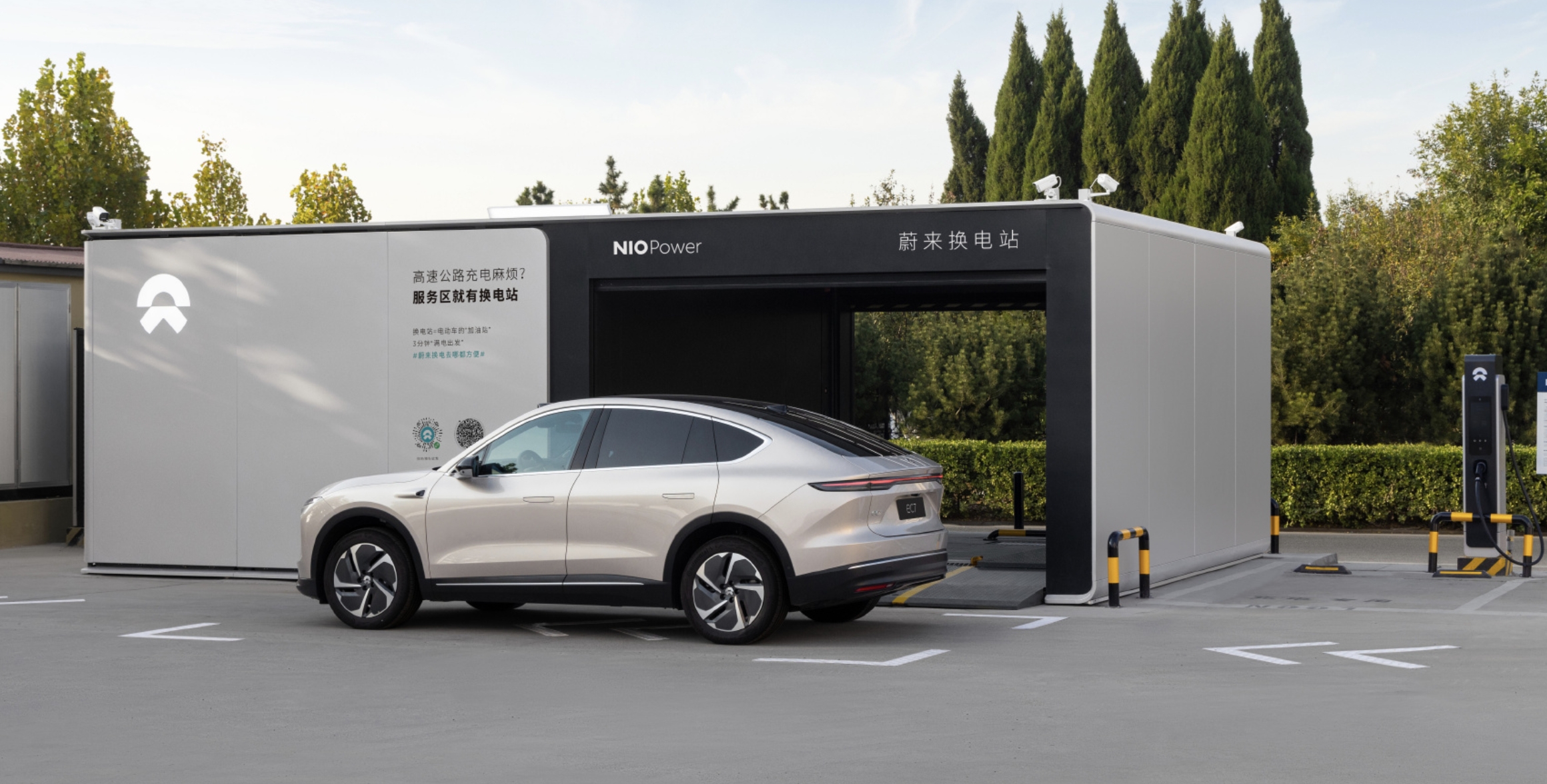
Image source: NIO
Produced on the same line as NIO models like the ET7 and ES8 at the Hefei F2 factory, Ledao L60 reached a monthly production capacity of 10,000 units three months after its launch. During NIO's third-quarter earnings call in 2024, William Li mentioned that Ledao was losing at the terminal level, with "unable to pick up the car recently" being a primary reason. Though Ledao later offered subsidies, users' patience for delays is limited, and high-quality alternatives abound.
NIO's reputation as a user-centric company with a harmonious relationship with car owners stems from its comprehensive services, such as NIO House benefits. However, Ledao car owners cannot enjoy these services.
To Electric Car Channel, the non-interoperability of brand benefits seems reasonable due to the independence of their sales systems. However, Ledao Automobile still heavily relies on NIO. This obvious "internal hierarchy" before Ledao gains recognition weakens NIO's customer attraction and may leave a poor brand impression.
Can Ledao help NIO become profitable? Possible, but difficult.
According to NIO's latest financial report, in the third quarter of 2024, it achieved revenue of 18.674 billion yuan, a year-on-year decline of 2.1%, with a net loss of 5.06 billion yuan, an increase of 11% year-on-year and 0.3% quarter-on-quarter. Overall, NIO's loss situation is not optimistic.
One of the main reasons for the increased losses is the transition from "0" to "1" for Ledao and Firefly.
Since Ledao Automobile is responsible for volume sales, its profit per vehicle is lower than NIO's. Moreover, Ledao can only achieve profitability through significant sales. According to William Li, Ledao needs monthly sales of 20,000-30,000 units to break even, with a long-term target of 50,000 units per month, aiming for quarterly profitability in the fourth quarter of this year.
Under these premises, Ledao Automobile cannot rely solely on the Ledao L60 model. The Tesla Model Y is currently the highest-selling single model in the domestic market, and its market position remains stable.
Ledao Automobile's only path is to achieve a monthly sales volume of 50,000 units by launching multiple new products and adopting a "multi-point flowering" approach.
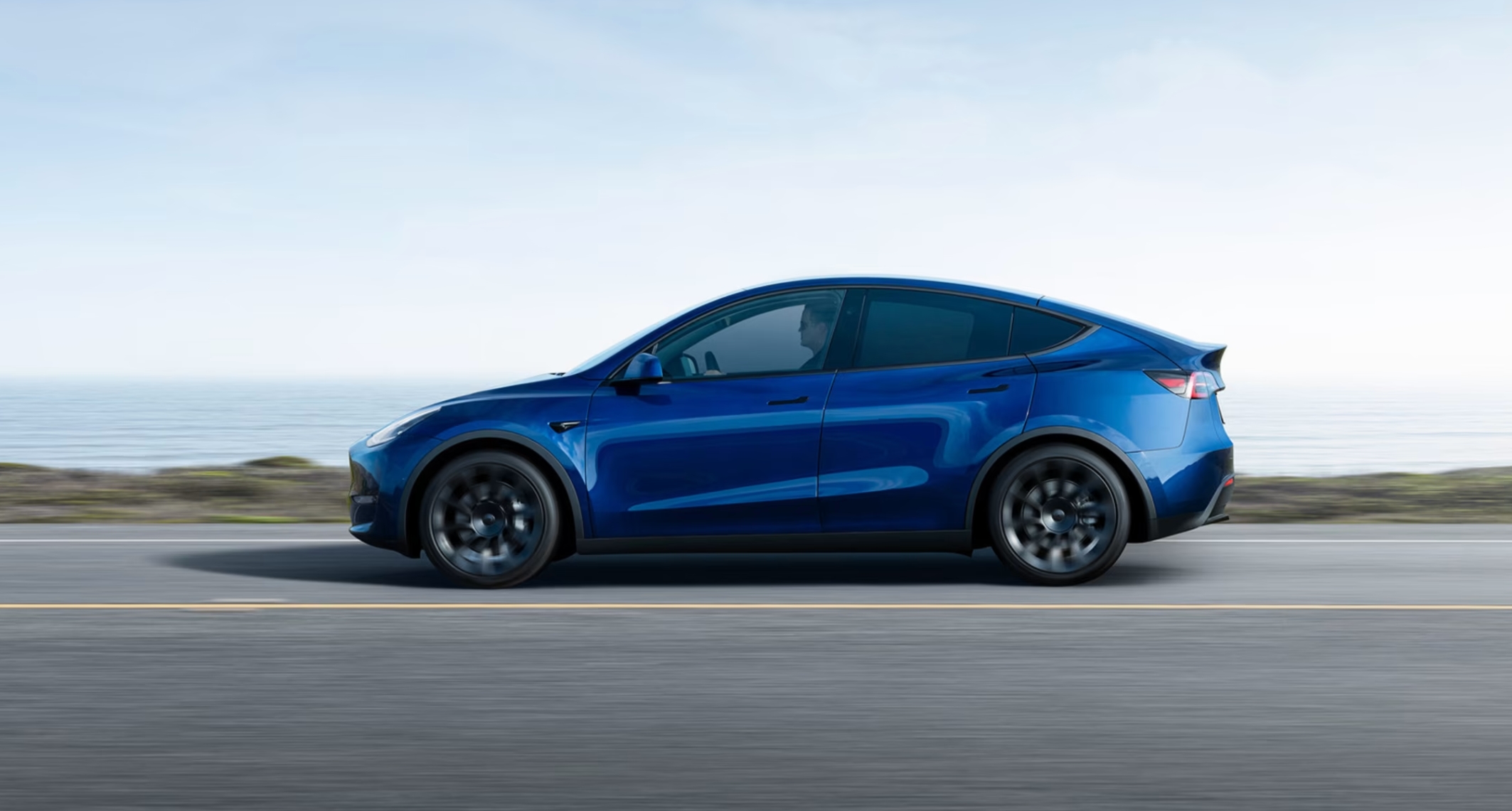
Image source: Tesla's official website
According to plans, Ledao will continue to launch 1-2 new models annually, with a large five-seater SUV and a three-row mid-to-large SUV to be introduced in the second half of this year. The brand has officially released spy shots of the three-row mid-to-large SUV, named Ledao L90, expected to launch as early as the third quarter of this year.
While targeting the family car market is the domestic auto market's sales code, and adhering to NIO's technological commitment to "chargeable, swappable, and upgradable," the Ledao L90 is likely to continue the pure electric + battery swapping technology route. However, based on January's sales figures, only three pure electric SUVs - the Model Y, Geely Yinhe E5, and Zeekr R7 - have monthly sales exceeding 10,000 units. The mainstream trend in the family SUV market remains hybrid, and the purely electric Ledao L90 faces many challenges on its development path.
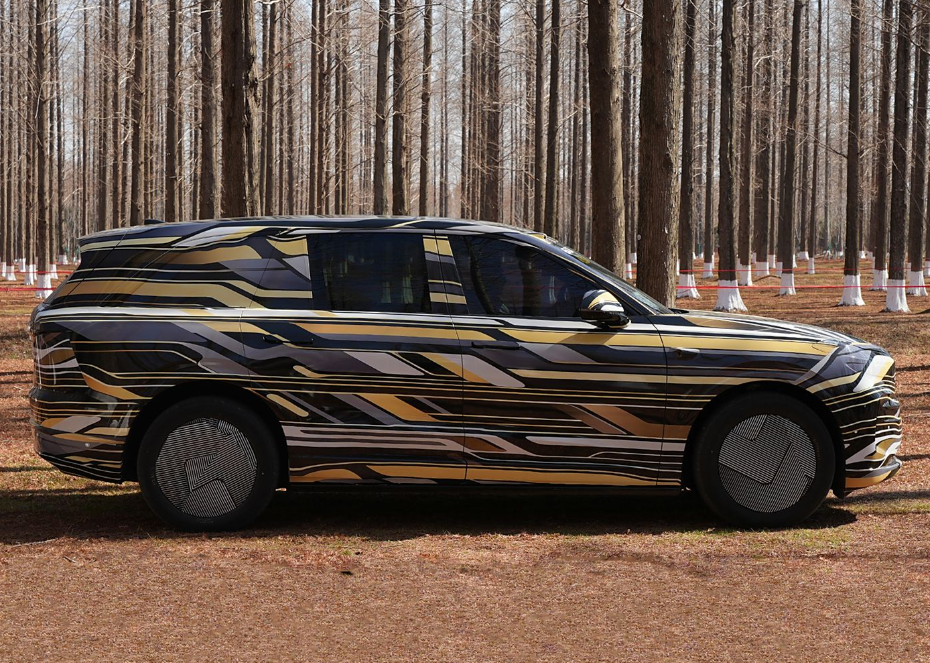
Image source: Ledao Automobile
Considering the goal of "achieving quarterly profitability in the fourth quarter of 2025," officials may also be anticipating the birth of a true hit product. Even if Ledao L90 has the potential to become a hit, its launch in the third quarter means Ledao Automobile's sales in the first half of this year will still rely solely on the Ledao L60 model. If the sales bottleneck is not soon broken, it will be difficult to lay a solid foundation for Ledao L90's market reputation.
Considering NIO's current segments - automotive business and energy replenishment system business - its current limitations are evident. Moreover, the goal of "charging in every county" will inevitably require increased investment in its energy replenishment system. Whether it achieves profitability in the fourth quarter of this year depends on the popularity of Ledao and Firefly's products.
NIO is eagerly awaiting its next hit product.
If we discuss the primary reason NIO's sales have been surpassed by Li Auto and Xpeng, Electric Car Channel believes it's brand philosophy.
Li Auto focuses on the family car market. After the L series formed a stable sales base, it ventured into pure electric MPV and SUV segments, incurring minimal losses even when encountering setbacks. Xpeng adheres to "intelligent value," ensuring almost every entry-level model offers a good intelligent experience. Last year, it further reduced prices to achieve sales growth, with weekly sales already surpassing Li Auto multiple times.
Unlike Li Auto and Xpeng, NIO's sales are primarily driven by pure electric vehicles in the 300,000 yuan price range. This fails to attract hybrid vehicle market audiences and positions NIO as more "quality" and "service"-oriented than "cost-effective," slightly hindering its entry into lower-tier markets.
In the short term, Ledao Automobile is likely to remain a loss-making business for NIO, which should also be looking forward to the next "savior" product.
(Cover image source: Electric Car Channel)
Source: Lei Technology

